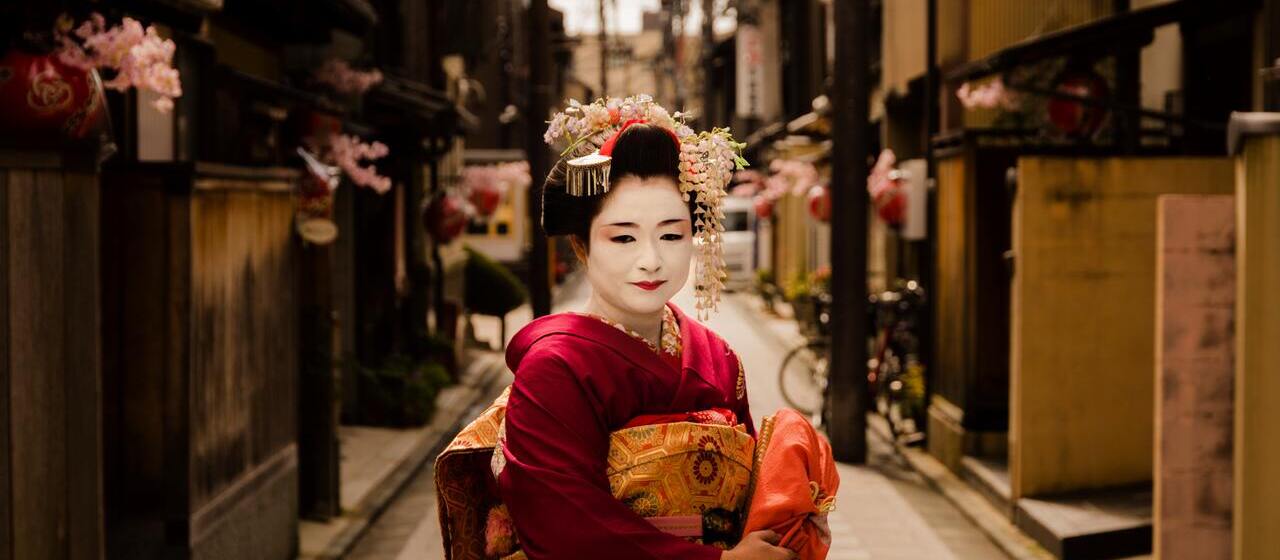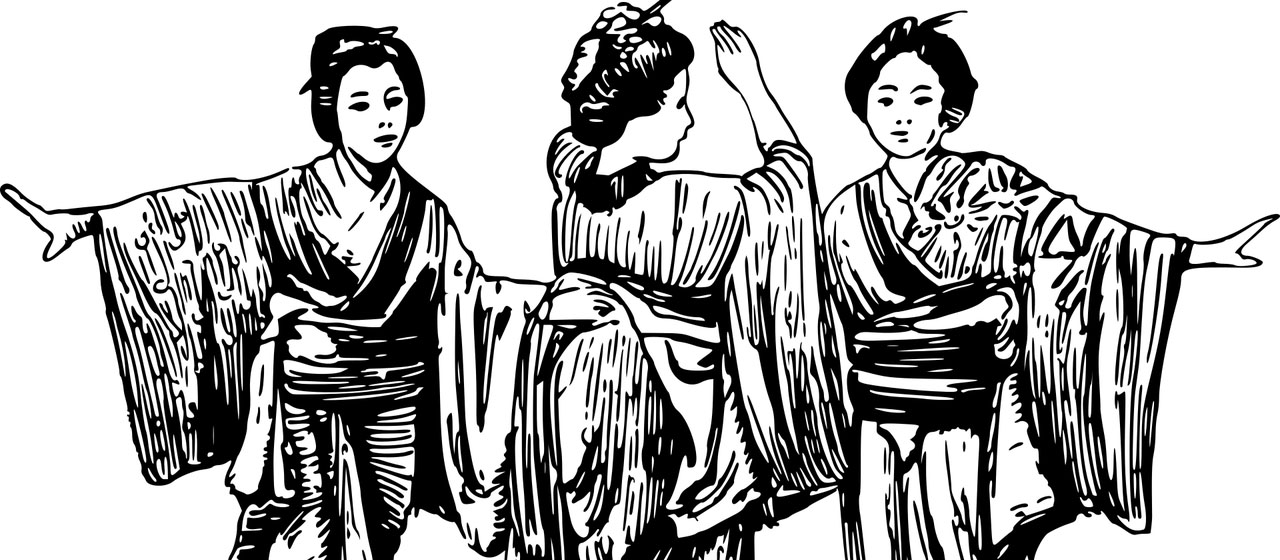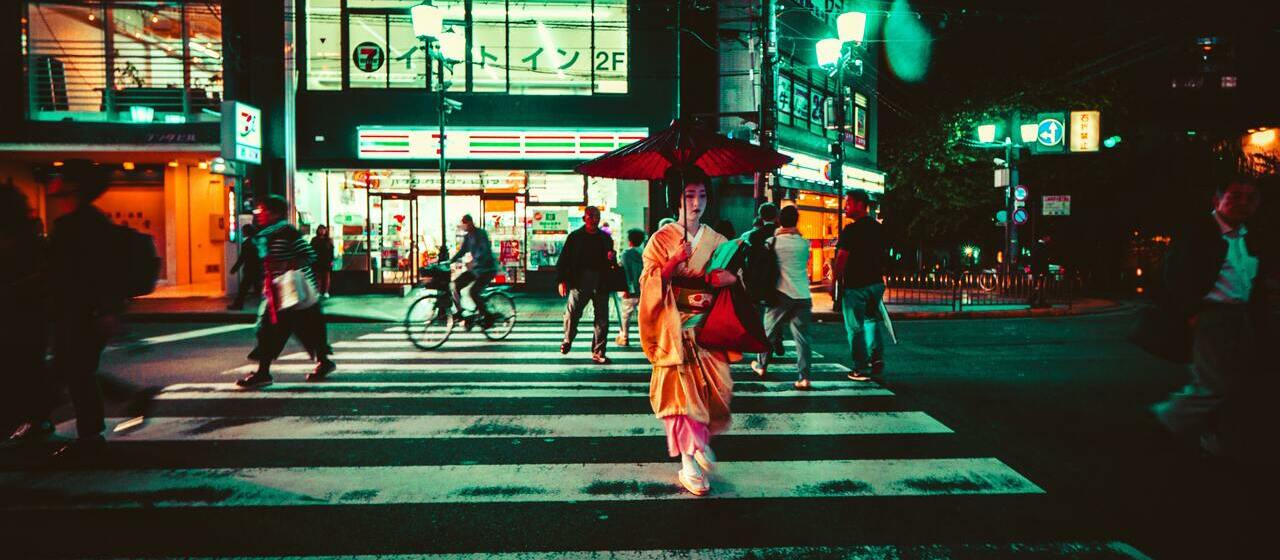Japanese Culture: What Is a Geisha?
If you want to hold a Japanese event, you have an extremely rich culture and history to draw inspiration from. We at JTB Meetings & Events by Communication Design (JCD) help you in deciding what aspects of Japanese culture to incorporate into your event. One example of this is geisha. Geisha are one of the world's greatest anomalies: uniquely Japanese, recognized worldwide, and greatly misunderstood. There are many misconceptions about geisha, what they represent, and what their purpose is as part of the entertainment industry. Seen as the Japanese version of a prostitute or courtesan, they are often misrepresented. Instead, they are extremely well-trained and high-class entertainers, and a dance performance by a geisha is truly a sight to behold, and could elevate your event in Japan to the next level. Take a look at the historical and cultural aspects of the geisha, who they are, why they are still a large part of Japanese culture, and how they could play a role at your next event in Japan.

What is a geisha?
The word geisha translates as ‘entertainer,’ which is precisely what she is. A geisha is a woman trained to be the perfect Japanese hostess; highly educated to engage in polite yet interesting conversation, as well as skilled in traditional Japanese arts of dance, music, poetry, and sometimes calligraphy.A geisha has traditionally been an important part of the entertainment industry, allowing for smooth interaction at events, and providing beautiful and intricate entertainment that is integral in Japanese culture.
How did the geisha come to be?
Like in many cultures, times of leisure are often accompanied by forms of entertainment, especially dating back to ancient times before TV and Netflix. The establishment of the royal court in today’s Kyoto brought forth a need for skilled entertainers for the rich, allowing the rise of the geisha profession. Back in those days, the popular entertainment houses employed both geisha and courtesans (oiran), which may explain the misconception between these two.
The late 1700s and early 1800s was the peak of the geisha, with the rise of teahouses, bars, and ochaya, or geisha workhouses, where predominantly rich male patrons went for entertainment. The trained and educated geisha were hired to have conversation with patrons, serve tea, drinks or food, play games, tell jokes, recite poetry, dance, or play music. They could flirt with their guests while still in control of the atmosphere in the room.
However, after the second world war, a lot of things changed for Japan, and the many geisha were reduced to a much smaller number, and people then turned to other forms of entertainment. With a post-war era, fewer geisha, and fewer people seeking them out for entertainment, this meant higher fees to hire them. Geisha now charge by the hour at a much higher rate due to their scarcity.
What does a geisha look like?
It is very difficult and time-consuming to become a geisha. The young girls that want to become geisha need to be accepted in an okiya (geisha home), become a maiko (geisha-in-training) and undergo at least five years’ training before they are ready to become a geisha.The geisha wear traditional Japanese clothing - kimono - and have a very distinct hairstyle. The maiko usually wear elaborate kimonos and have the recognizable white makeup, the complex coiffure with various decorations. The established geisha are dressed in more subdued colors, with immaculate hairstyles and minimal makeup, as they prefer their skills to be what attracts the customers.

There are several hanamachi (geisha districts) still in business in Japan. Today geisha can be seen in the traditional ochaya, geisha teahouses, predominantly in the traditional district of Gion in Kyoto. Because of the many changes in Japanese culture, today geisha usually host and entertain at exclusive events or participate in traditional festivals.
A mysterious, independent woman
The geisha is superior in both elegance and education and is shrouded in mystery. In the old days, the life of a girl in Japan was very difficult, and one of the only ways a woman could gain her independence was to become a geisha, as this was, and still is, a culture governed exclusively by women. Even though things have changed a lot and women today are able to earn a living in many different ways, it is said that the geisha has remained a symbol of female empowerment and is highly regarded as a symbol of female liberation in Japan.At JCD we provide the possibility of having Geisha perform a spellbinding and unforgettable stage show at your event in Japan. As can be seen at an award ceremony we managed in the past, Geisha can provide an unrivaled ambience and bring the true spirit of traditional Japanese culture into your event. Watching a Geisha perform is one of the ultimate high-class Japanese cultural experiences that will undoubtedly impress your guests. For more information and event inspiration, contact us here!
